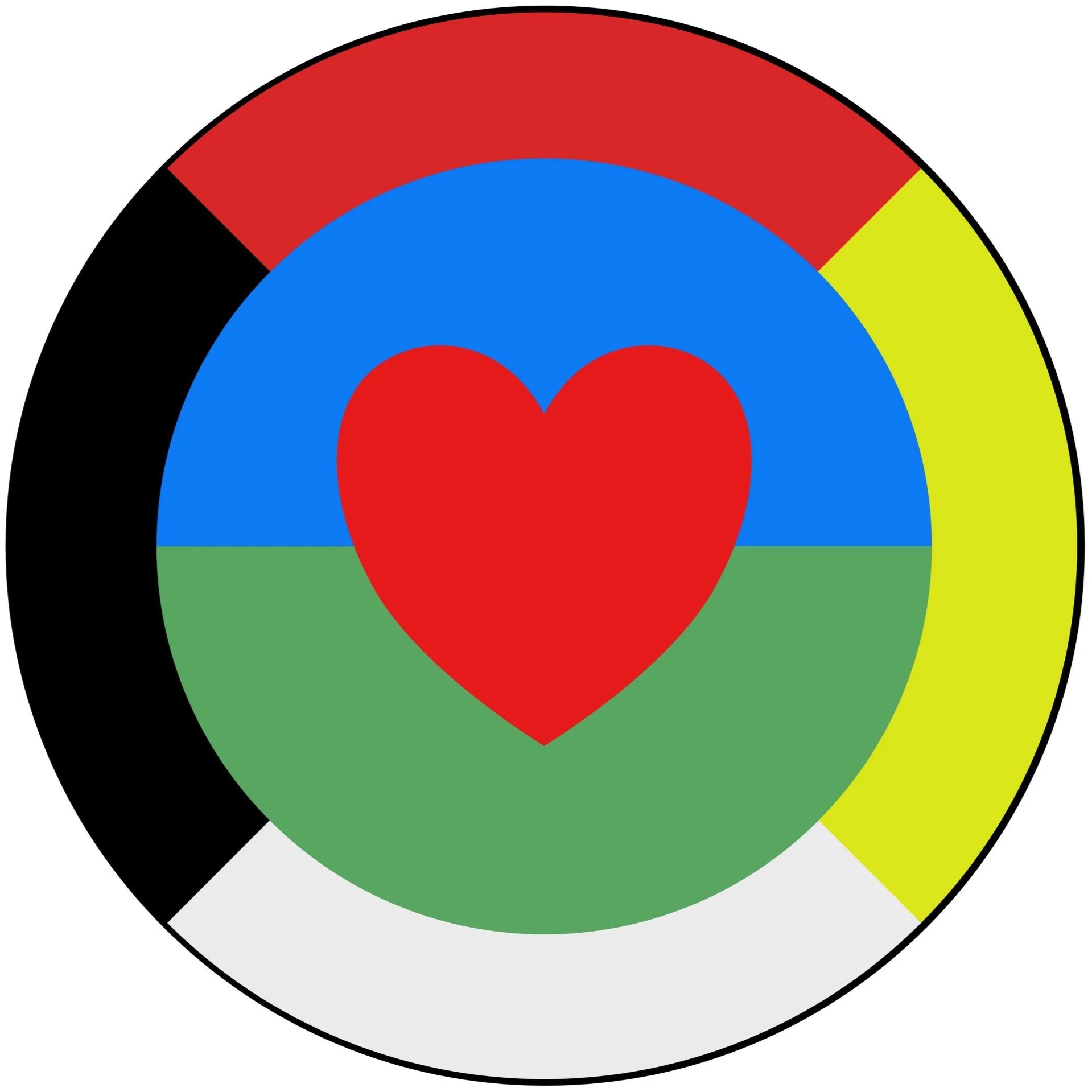
Contemplative Psychotherapy
Your Heart is a Compass
When I was a boy, probably 12 years old, I was introduced to compasses when I was part of scouting. The compass that I was first introduced to is called a base plate compass. It is different than the lensatic compasses that you typically see used in the military. The base plate compass is a small, clear plastic compass loaded with markings to use with maps. I was absolutely fascinated with it when I first got it. I was amazed at the versatility of all the different things you could do with it to find your way and determine what direction to go.
I loved that the sides of the compass had all kinds of scales so you could measure distances on maps. The actual dial of the compass would turn so that you could determine a direction to go in relationship to magnetic north. The compass itself had a direction of travel arrow built into it that would literally point towards which direction to go. If you were finding your way down to the lake and followed the arrow, you could get to where you were going.
I loved that compass and learned a lot about how to use it. In fact, I have a small wooden plaque in my house that I have carried around for years. I won an orienteering competition because I was so taken by using a compass. I marveled at the ability to use such a thing to determine which direction to go.
Compasses became even more important for me as I got older. I had enlisted in the United States Coast Guard and learned to drive boats. Compasses became an important part of plotting positions on a map and plotting a course, particularly when working with search and rescue. In the same way that I loved my little base plate compass as a boy, charting courses in the Coast Guard became a skill that I really enjoyed engaging in.
When I was younger, I always thought about how great it would be if there were a compass for life. Wouldn't it be great if there was a way that I could actually begin to plot a course so that I knew which direction to go in my own life? As I became older and began to study contemplative psychotherapy, I encountered many different philosophical systems that also used the directions of the compass— East, South, West, and North—to talk about different aspects of being human or different aspects of challenges we might have.
Oftentimes, in these philosophical systems, the East would be talked about in the context of new beginnings, where people were trying to grapple with where they wanted to go next or how they might want to start again. The South was often talked about in terms of our relationships and where we might want to go with our relationships. It focuses on how we want to relate to the people around us, whether they be our lovers, friends, family, or what have you. The West was often related to endings, things coming to a close, and how we might think about things that might end. The North was a lot about how we thought about things—what our logic brought to bear, what our wisdom might have to say about how we work with the world around us.
As I learned about the directions, I began to understand that there was also a fifth and a sixth direction: above and below. The above might be wondering about our spirituality, aspirations, and how we approach our lives. The below might represent the trials and tribulations of our lives—our subconscious, our traumas, the things underneath us, the darker and earthier things.
There's also a seventh direction. In these philosophies, the seventh direction is Within. In compass plotting, there is something called an origin point. It's a place to begin. It’s the place that enables you to plot a course. This is the place on a compass that can't be found—our heart, in other words. Just like compasses, these ideas were fascinating to me.
In Contemplative Psychotherapy, we learn mindfulness and meditation skills to ask questions about our Within and how we relate to our outer directions. What’s going on inside of us? How are we relating to the people and places of our lives? How are we relating to the challenges of careers and relationships? How do we let things in? How do we bring ourselves along? How do we move towards a shift of allegiance? These skills become useful in grounding ourselves in our lives and understanding our internal state when working with the outer directions of our troubles.
But just like using a compass in the forest to guide yourself to your favorite lake or being on a boat and charting a course from the dock to a boat in trouble, we become the center of our six directions. It’s us in the center, looking outward, that becomes important—our own hearts within the six directions of our lives.
We can plot a course if we utilize the idea of the six directions arrayed around our inner self, our Within, the seventh direction—our origin point. We can go in a new direction and work with the challenges we might have in the East, South, West, North, Above, or Below us. We no longer become lost in always looking at our internal state or being overly focused on our outward troubles, as by having an origin point, our Within can become an outward manifestation of action.
Looking out from the center of the six directions, our hearts allow us to plot a course. This idea becomes even more poignant when we map it onto our lives. Our own household becomes the origin point of our lives. The people we find in our own house, the people we love, become the people that this work matters to most. We can plot a course in a new direction by gaining an origin point and having our hearts in the middle.
Contemplative Psychotherapy uses mindfulness and meditation skills to work with life's troubles and gives us a compass, with our heart as the origin point. Our heart becomes the place that enables us to plot a course to a new beginning and direction. Our hearts become the compass that lets us determine which way to go.
James “Raven” Miller
Boulder, CO
